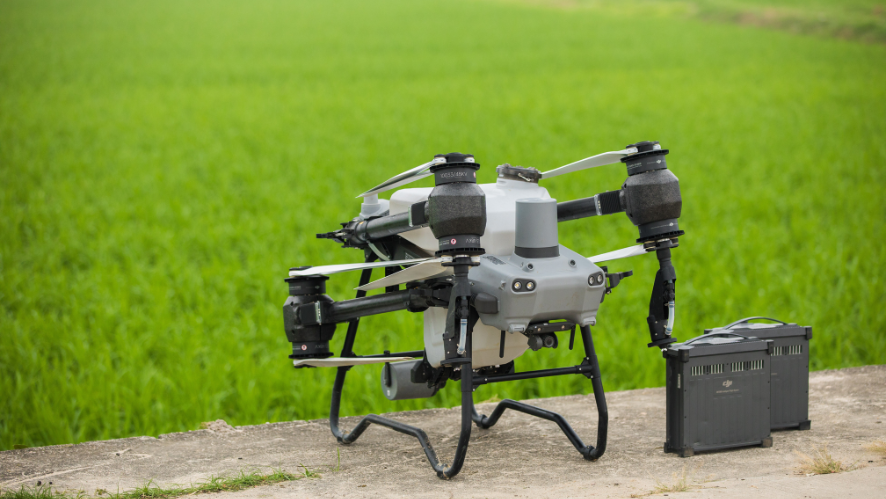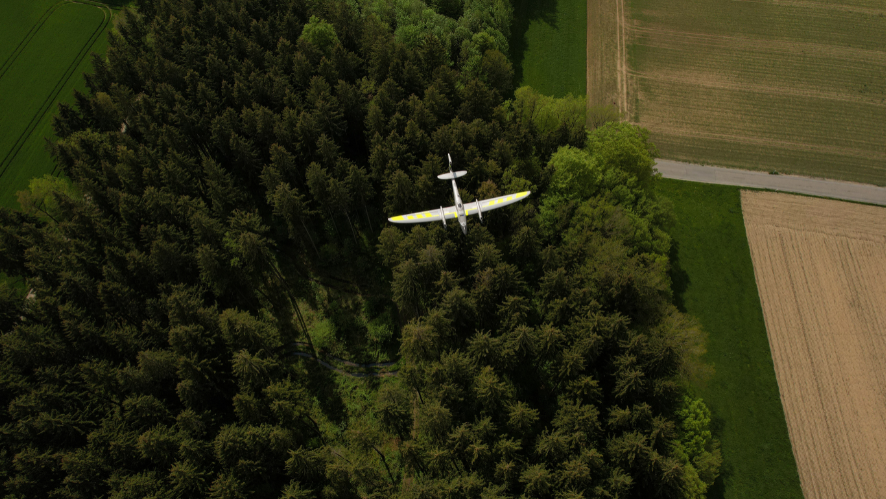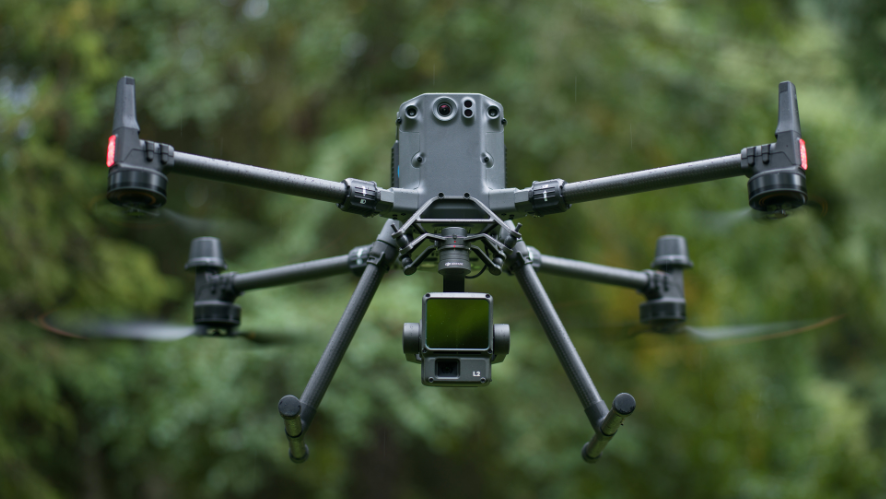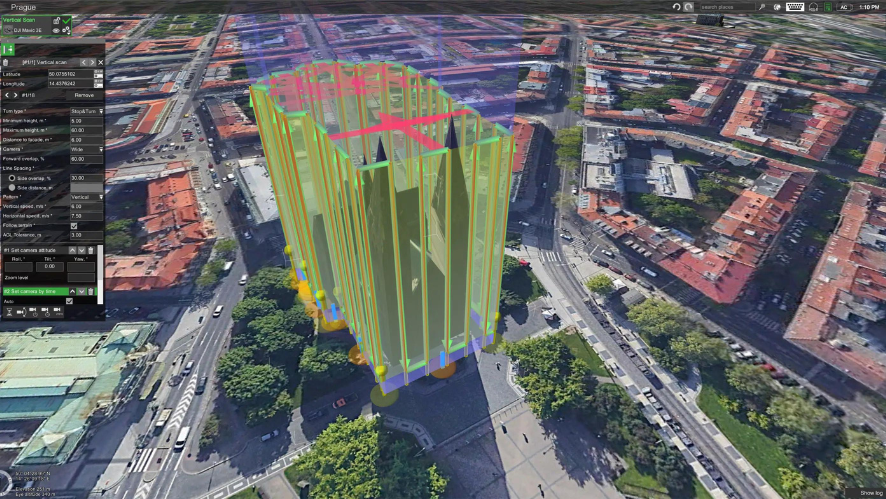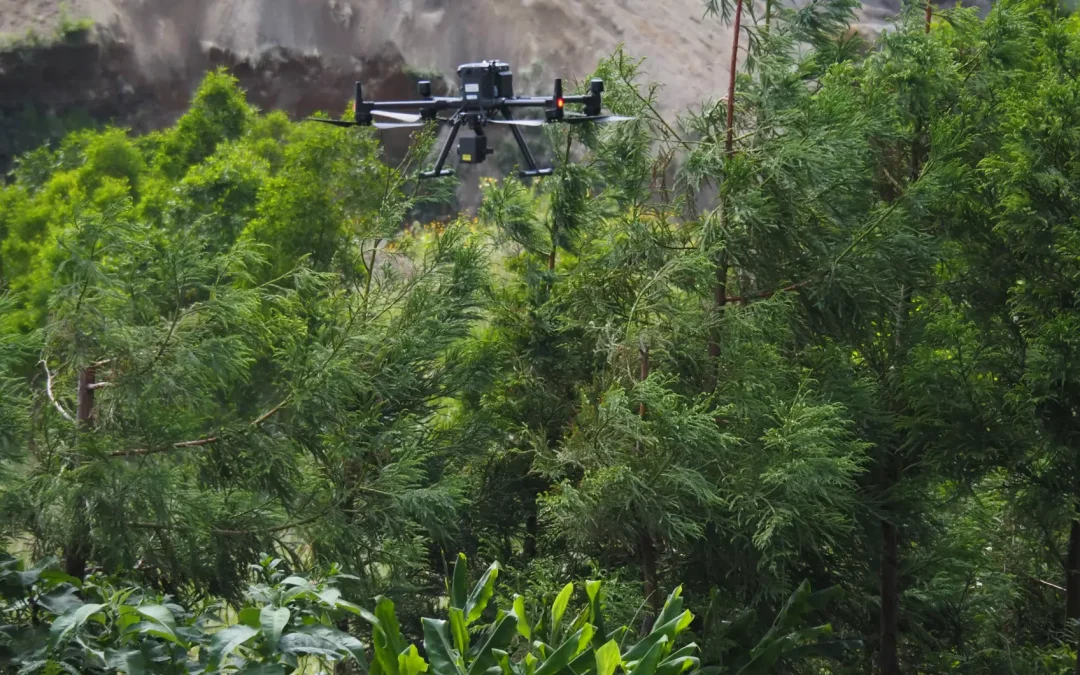The debate on environmental protection has been highlighted among companies and organisations that are adopting increasingly sustainable practices. Drones have emerged as protagonists in this movement, encouraging habitat conservation, protecting water resources and mitigating negative impacts. In this article, we’ll look at the revolutionary role of this technology in environmental protection.
The impact of drones
Drones have been instrumental in preventing deforestation and identifying species at risk. How drones have made an impact:
Environmental mapping and monitoring
Drones are essential in agriculture and forestry, assessing the health of crops, identifying areas for reforestation and detecting illegal activities. With this tool, you can effectively monitor urban areas, track pollution levels and provide information to government and business organisations.
Biodiversity conservation
Unmanned aircraft have become allies in the observation of vulnerable fauna and flora. They allow data to be collected without disturbing the ecosystem, which facilitates the study of the ecosystem.
Combating deforestation and forest health
Drones are vital tools for monitoring forests. They make it possible to identify areas of deforestation, track affected zones, estimate quantities of illegally harvested timber and provide valuable data to the authorities.
Waste management
Drone surveillance improves waste management by enabling detailed environmental inspections of landfills, recycling facilities and pipework. This proactive approach quickly identifies unsustainable practices.
Benefits of Drones in Environmental Conservation
The use of drones in ecological initiatives increases the precision and efficiency of the process. Some advantages include:
Access to Remote Areas: Drones overcome geographical barriers, they can access mountains, disaster areas or dense forests.
Advanced Research and Data Collection: With drones, data collection is intensified. Through careful ecological mapping, detailed maps, high-resolution images, plant health assessments and 3D modelling are obtained.
Resource efficiency: Compared to manned means, drones are more economical and effective, covering more area in less time and with fewer resources.
Detailed mapping: Terrain mapping is essential for conserving natural resources. Models such as the Matrice 350 RTK, equipped with advanced cameras and sensors, provide an in-depth analysis, valuable for sustainability actions.
Drones for environmental conservation
Drones equipped with cameras and sensors enable a highly efficient approach.
DJI Matrice 300 RTK / DJI Matrice 350 RTK: High-precision drones prepared to withstand bad weather. The DJI Matrice 350 RTK, like its predecessor the DJI Matrice 300 RTK, has an RTK system that guarantees precise positioning. When it comes to endurance, these drones have a high capacity for flight autonomy, so they can stay in the air for longer and cover a wide area. Compatible with various payloads, such as the DJI Zenmuse H20, the drone allows the use of three payloads at the same time. This is a reliable drone for environmental monitoring and projects.
DJI Mavic 3 Enterprise series: The drones in this range complete mapping missions efficiently. Thanks to the high-quality camera and intelligent low-light mode, it performs very well, even in low-light conditions. The Mavic Enterprise series has a thermal camera version that supports point and area temperature measurement, alerts and a colour palette, features that help you make quick decisions in the event of emergencies.
DJI Mavic 3 Multispectral: The Mavic 3M makes it possible to carry out inspections in environmental areas, even on sloping terrain. With the help of DJI Terra, it is possible to create high-resolution maps of terrain, differentiate trees from other obstacles or objects, as well as draw up three-dimensional operating routes for agricultural drones, making activities safer and more efficient.
DJI Agras T30: Agricultural drones are designed to spray crops, covering large areas quickly and accurately. The Agras T30 makes it possible to reduce the use of fertilisers and increase productivity through more effective practices, based on a wide range of information.
In short, drones are redefining environmental conservation, providing innovative solutions to contemporary challenges. HPDRONES offers solutions that can help your organisation or project preserve the environment.
__________________________________________________________________________________________________________________________







